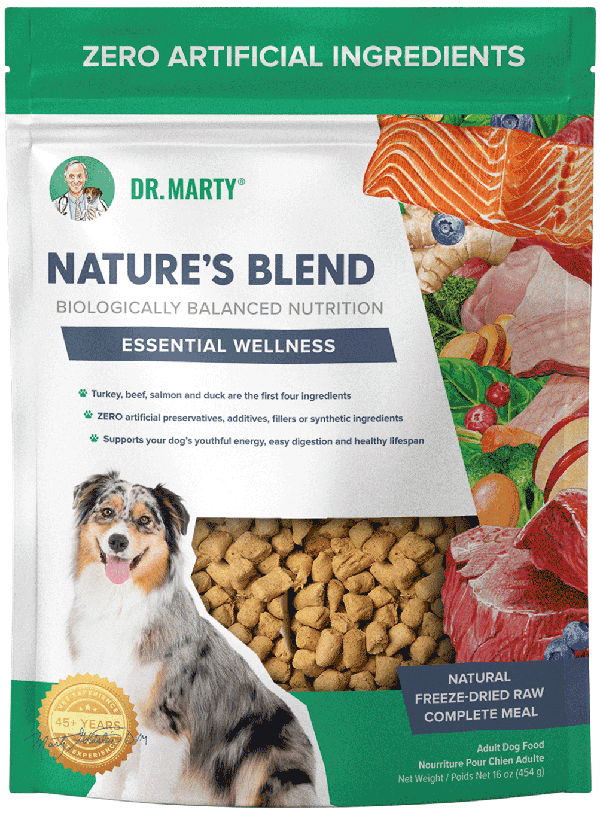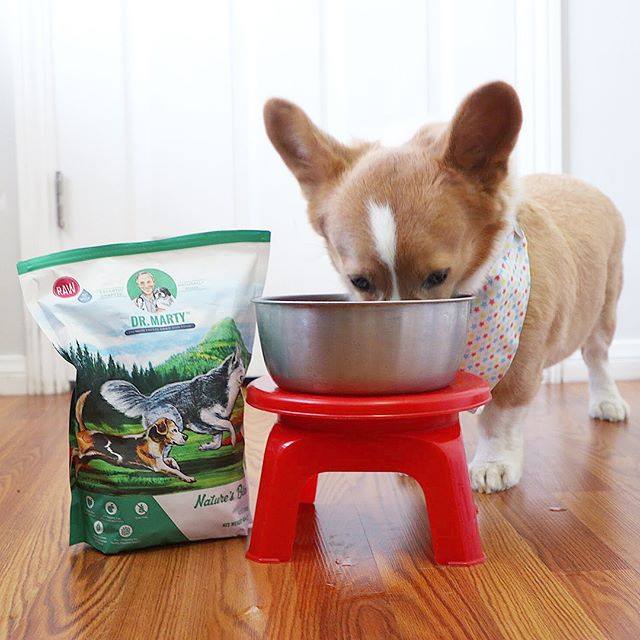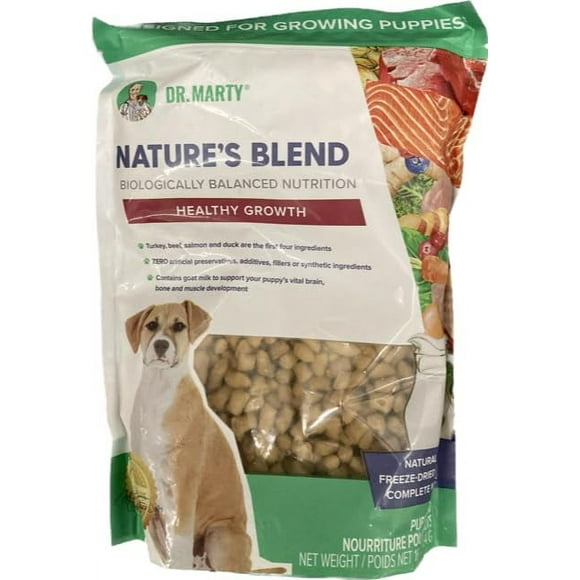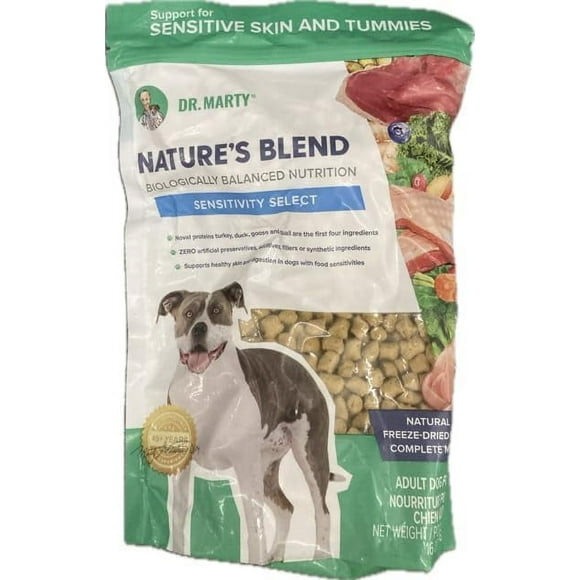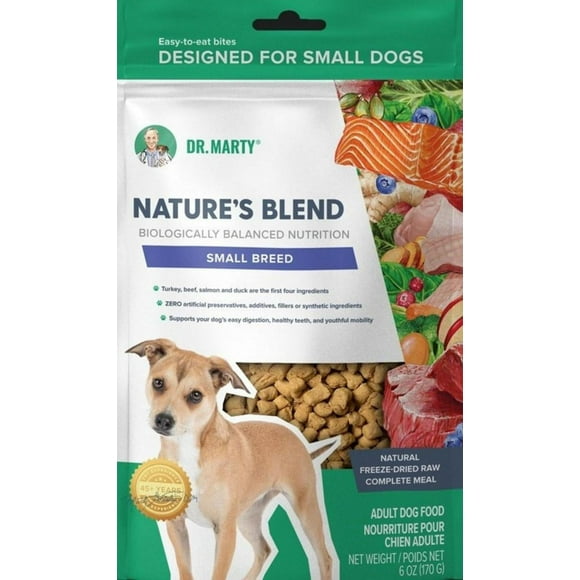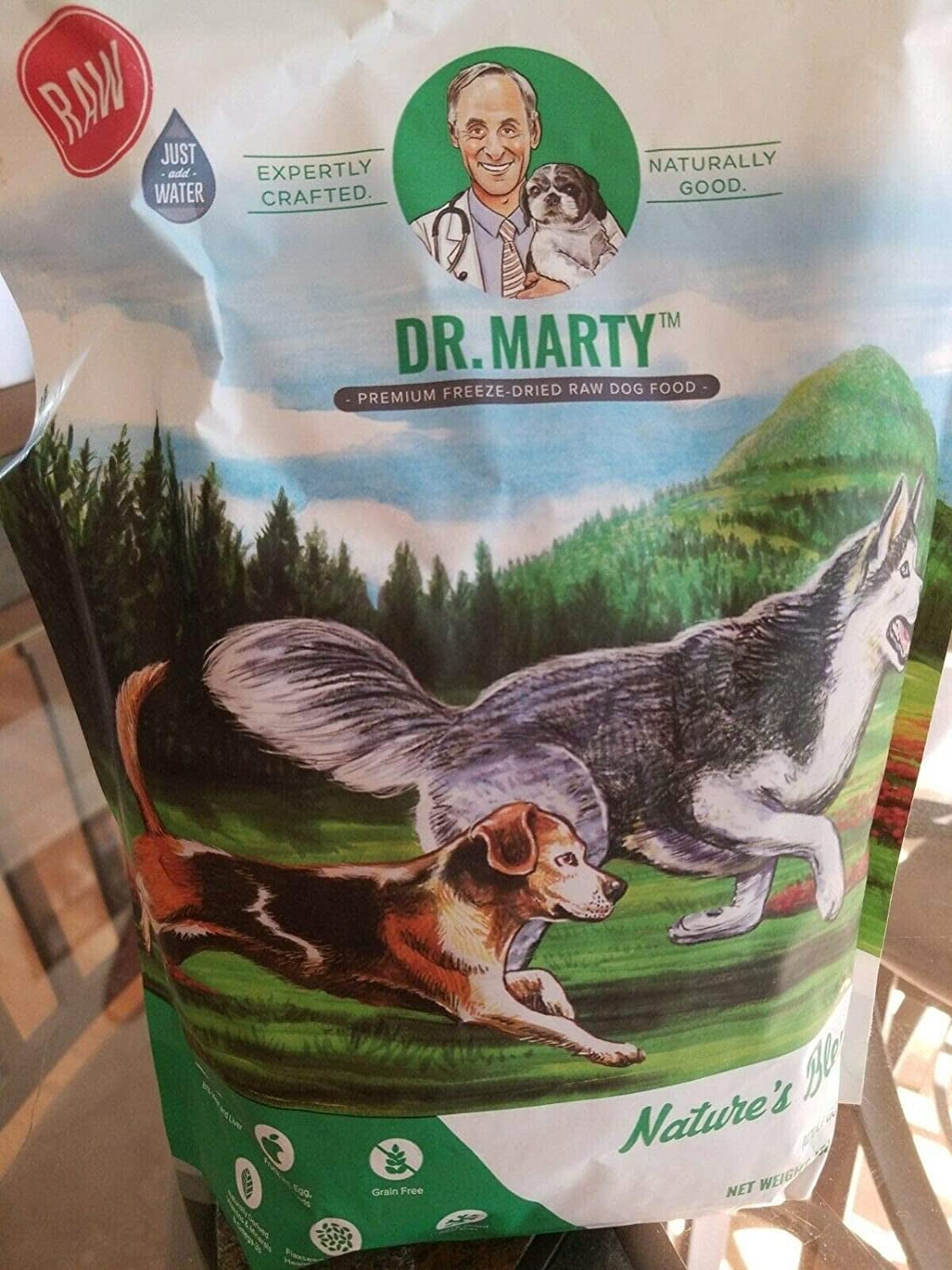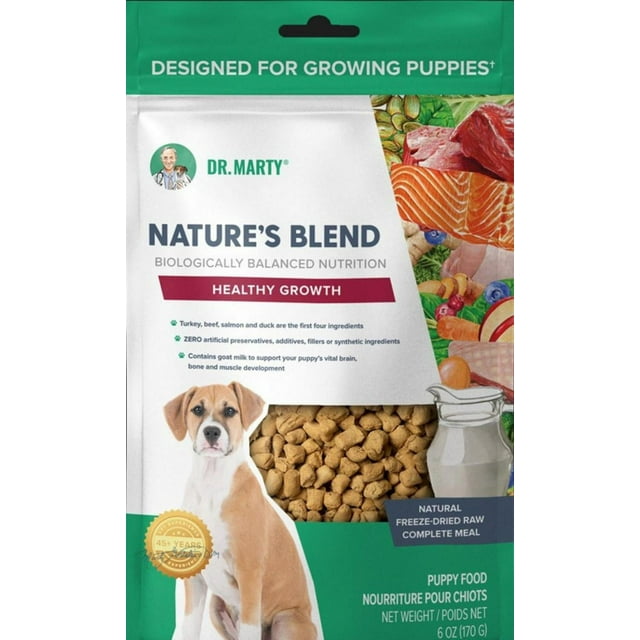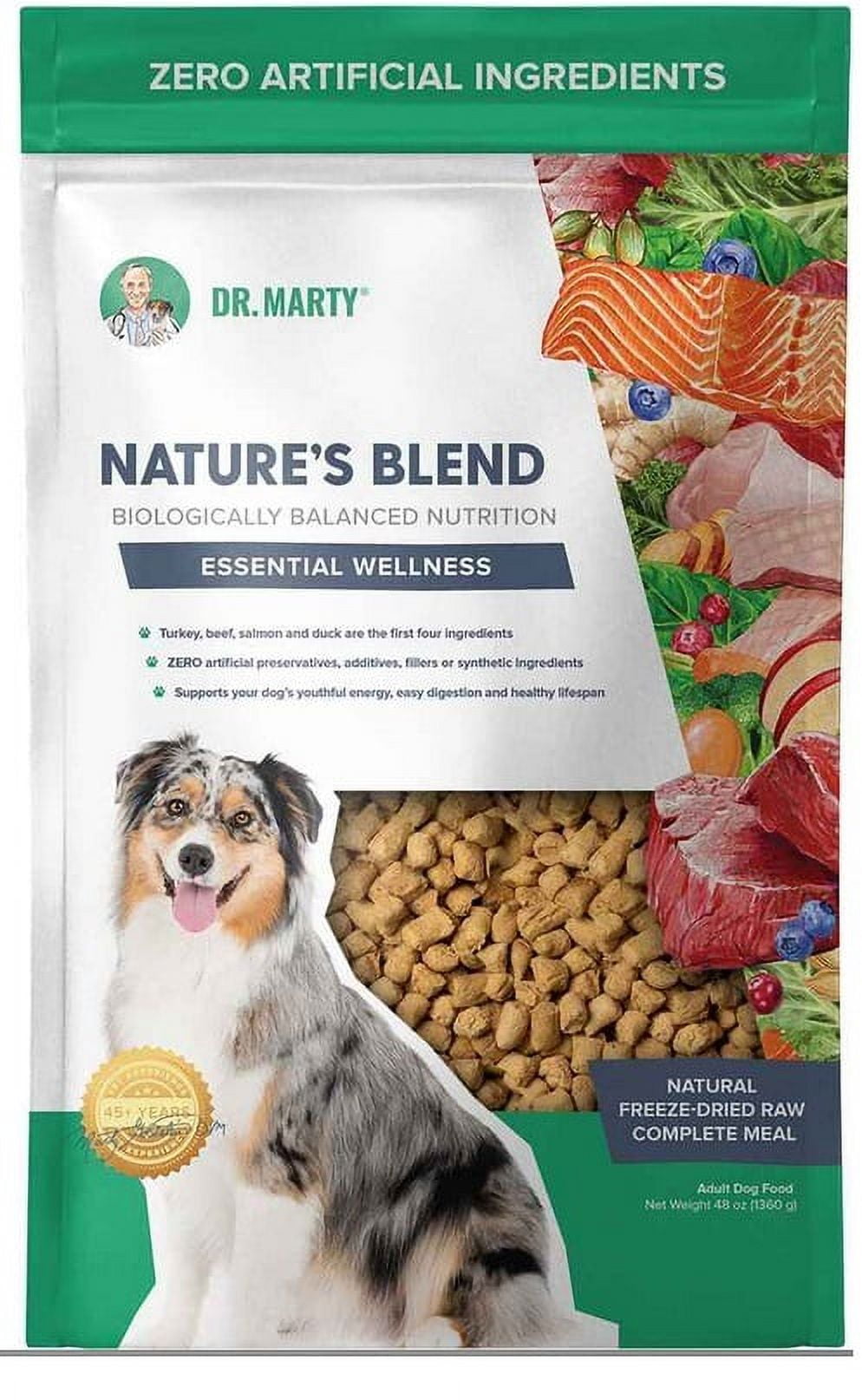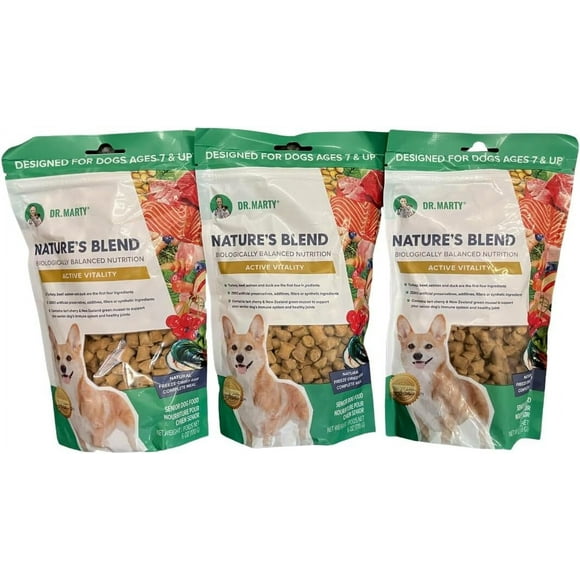How Long Does Dr Marty's Dog Food Last

Imagine opening a bag of dog food, the aroma rich and meaty, and your furry friend's eyes lighting up with anticipation. You want the best for your companion, ensuring every meal is as fresh and nutritious as possible. But with so many options on the market, and varying information available, how can you be sure the food you're serving is still at its peak?
This article delves into the shelf life and freshness of Dr. Marty's dog food, exploring how long it lasts, proper storage techniques, and what to look for to ensure your dog enjoys a safe and palatable meal. We'll navigate the nuances of dry versus freeze-dried formulas, and ultimately, empower you to make informed decisions for your beloved pet's health and well-being.
Understanding Shelf Life
Dr. Marty's dog food, known for its focus on natural ingredients and freeze-dried formulas, generally has a shelf life similar to other premium dog food brands. The specific duration, however, can vary depending on the product type.
Typically, unopened bags of Dr. Marty's freeze-dried dog food can last for 12 to 18 months from the date of manufacture, as indicated by the "best by" or "expiration" date printed on the packaging. Once opened, the clock starts ticking, and proper storage becomes paramount.
Freeze-Dried vs. Kibble
Dr. Marty's predominantly offers freeze-dried recipes, which inherently have a longer shelf life than traditional kibble due to the low moisture content. The freeze-drying process removes most of the water, inhibiting bacterial growth and spoilage.
Kibble, while still having a reasonable shelf life (often around 12 months unopened), can be more susceptible to degradation once exposed to air, moisture, and light. So understanding the difference between these forms of food is extremely important for the well being of your dog.
Proper Storage is Key
Regardless of the type of Dr. Marty's food you choose, proper storage is essential for maximizing freshness and preventing spoilage. Here are some best practices.
After opening, transfer the food to an airtight container. This shields it from air, moisture, and pests, all of which can accelerate deterioration. Keep the container in a cool, dry, and dark place, away from direct sunlight and extreme temperatures.
Avoid storing dog food in garages or sheds where temperature fluctuations are common. These changes can lead to condensation inside the bag or container, creating a breeding ground for mold and bacteria.
Recognizing Spoilage
Even with diligent storage, dog food can eventually spoil. Being able to recognize the signs of spoilage is crucial for your dog's safety.
Check for changes in smell, appearance, and texture. Rancid or off-putting odors, discoloration, mold growth, or the presence of insects are all clear indicators that the food is no longer safe to consume. Never feed your dog food that exhibits these signs.
Furthermore, observe your dog's behavior. If they suddenly refuse to eat food they previously enjoyed or exhibit signs of digestive upset, it could be a sign that the food is spoiled.
Maximizing Freshness
To ensure your dog always enjoys the freshest possible meal, consider purchasing smaller bags of food that can be consumed within a shorter timeframe. This minimizes the risk of spoilage.
When rehydrating freeze-dried food, only prepare the amount needed for a single meal. Leftovers should be discarded promptly to prevent bacterial growth. Dr. Marty's website has a clear instruction on how much to rehydrate.
Regularly clean your dog's food bowl to prevent the build-up of bacteria and food residue. This not only promotes hygiene but also helps to preserve the freshness of the food.
Conclusion
The longevity of Dr. Marty's dog food, like any pet food, hinges on proper storage and careful attention to expiration dates and signs of spoilage. By following these guidelines, you can ensure that your furry friend receives the nutritious and palatable meals they deserve.
Ultimately, being a responsible pet owner means prioritizing your dog's health and well-being. Taking the time to understand how to properly store and handle their food is a simple yet profound way to show your love and commitment.

